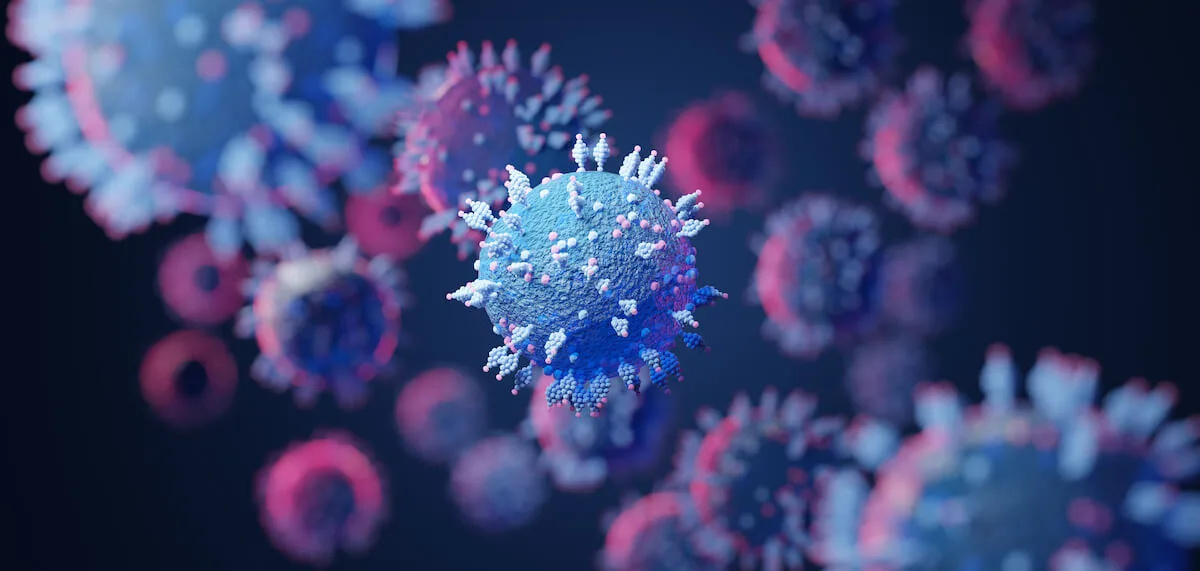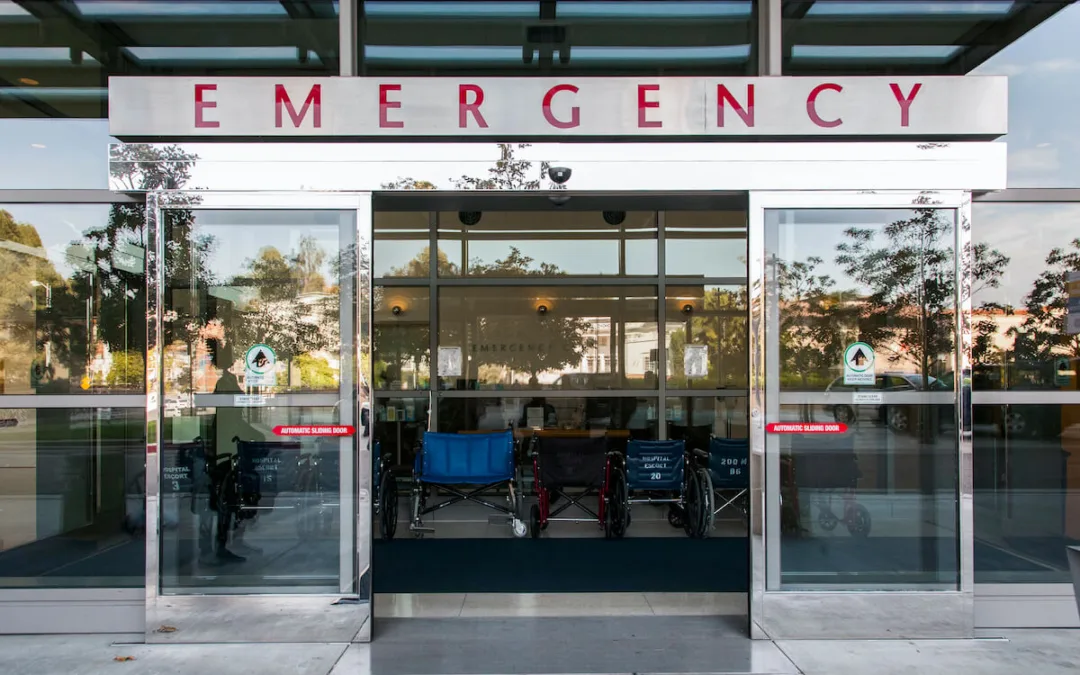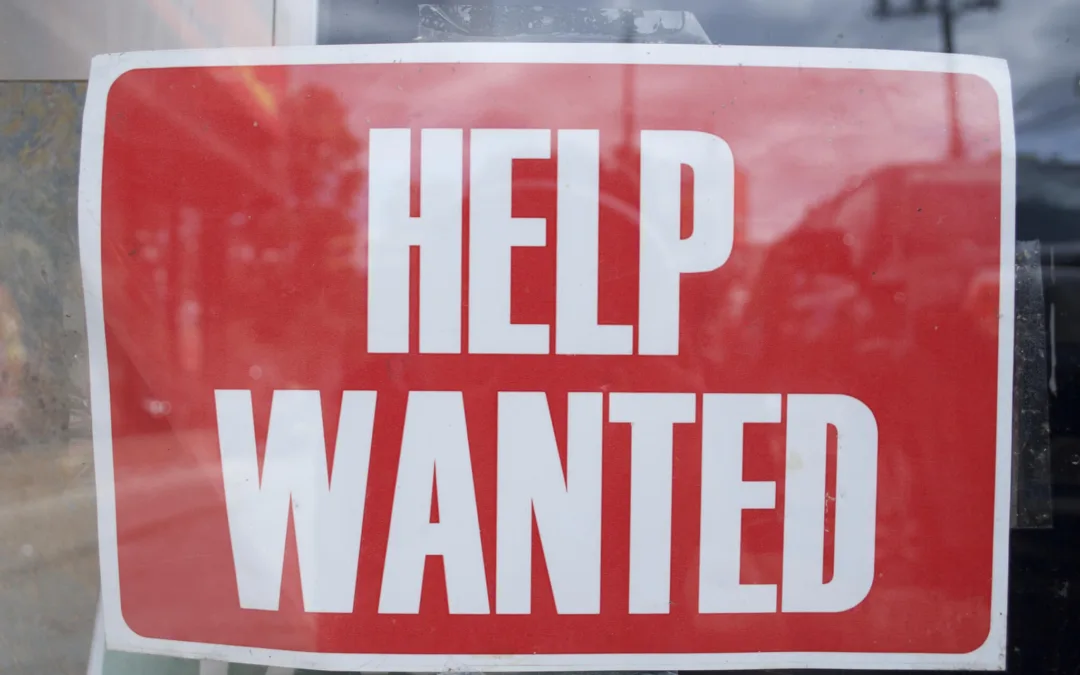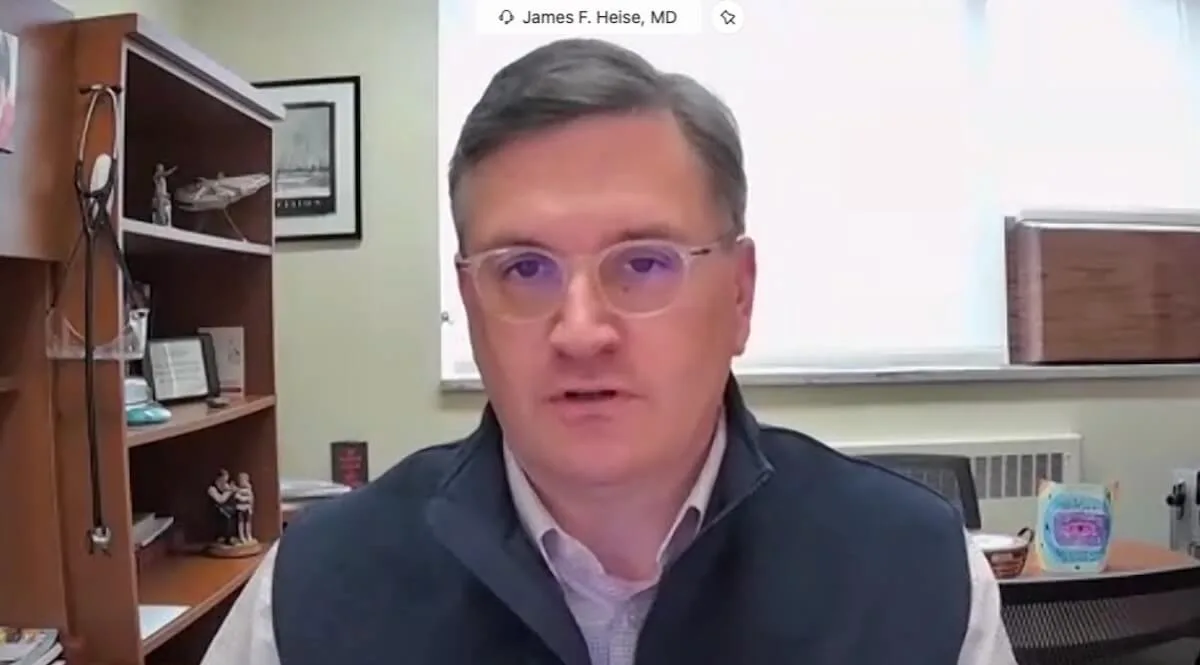
#image_title
#image_title
“That has been as big of a challenge as the disease itself,” says one pulmonologist.
[Editor’s Note: UpNorthNews has an editorial philosophy that works to avoid repeating rumors, even to knock them down, because it risks lending unwarranted credibility to the rumor in the first place. But we are making an exception with this article because medical professionals and the Brown County Health Department want to clearly and specifically refute baseless claims that are harming efforts to check the spread of the coronavirus.]
The virus is bad on its own. But the misinformation is making it much worse.
Dr. Manar Alshahrouri, a pulmonologist and critical care physician at HSHS St. Vincent Hospital and HSHS St. Mary’s Hospital, said that while COVID-19 is a particularly infectious disease—more so than the flu, SARS or MERS—what has actually made this pandemic so dire has been the false information being shared primarily on social media.
“The bigger issue is the slew of misinformation,” said Alshahrouri during a virtual event hosted by the Brown County Health Department Wednesday. “That has been as big of a challenge as the disease itself.”
He was then asked by Claire Paprocki, a public health specialist, about a rumor that the flu vaccine makes people more susceptible to COVID-19.
“Big whopping zero evidence for that,” he said. “That doesn’t make any sense.”
Alshahrouri attributed the widespread misinformation to inadequate education on public health and infectious disease in the general public, which he blames on his fellow medical professionals.
“The issue that I really want to stress here is there’s been a failure to connect and communicate with the community,” Alshahrouri said. “The discussion ended up being who’s yelling at whom.”
That failure to communicate is visible in the COVID-19 trends in Wisconsin and in the misinformation that has helped the virus spread. Paprocki asked Dr. Paul Casey, an emergency medicine physician with Bellin Health, about rumors that masks and social distancing are ineffective at preventing the spread of the virus.
“This is my personal pet peeve,” said Casey. “We are in a once in a century global pandemic that is transmitted by breathing on someone else… It’s unfortunate that this issue has been politicized. It’s not a political issue, it’s a public health issue.”
Dr. Raul Mendoza was asked about the belief that the virus doesn’t affect young, healthy people negatively. He responded that, as a pulmonologist at Aurora BayCare Medical Center, “We see all kinds of patients.”
“We see otherwise healthy people, young people admitted to the hospital in serious trouble. I’ve seen patients with no comorbidities die of this virus,” Mendoza said. “That is not a guarantee that you will not acquire the virus and that is not a guarantee that you will do fine.”
Paprocki asked Dr. James Heise, chief medical officer at Door County Medical Center, if COVID-19 is a public health emergency.
“Is that a question?’ Heise said. “It absolutely is.”
Heise said the strain on hospital systems is stressing their ability to respond to routine medical emergencies such as heart attacks and strokes. Plus the COVID-19 patients who do recover often have complications, the long-term effects of which are still unknown. A recent study out of the University of Michigan found that 60 days after being discharged from the hospital, many patients had lingering symptoms, some had been re-admitted to the hospital and some had even died.
Heise also brought up the rumor that doctors and hospitals are paid more for treating COVID-19 patients, a debunked claim first brought up by President Donald Trump during a Wisconsin campaign stop. Heise said that for many hospitals and medical facilities this pandemic has been hard on their bottom line due to the hold on elective procedures and the added expenses of either bringing in travel nurses or paying staff overtime.
“People are exhausted. People are tired,” Heise said. “But we know that there’s a job to do for our community so that’s what we’re going to do.”
The good news is that hospitals are better equipped to handle the current caseload than they were last spring. Administrators have become more creative with staffing and have figured out how to have daily operations “co-exist’ alongside COVID-19. Medical staff are better able to triage patients, have separate wards with negative pressure to prevent further spread, and an adequate supply of tests and personal protective equipment.
Alshahrouri said the outbreak in spring, “seems like a dress rehearsal for what we’re dealing with now.”
Still Alshahrouri said the current spike in the caseload at hospitals is “the very definition of a runaway pandemic,” and severely staining health systems. Heise said that in Door County, once the Green Bay facilities are full, they’ve had to transport patients as far as the Fox Valley or La Crosse for care. He said that, as many warnings as people have received to not gather this holiday season, he and other medical professionals are expecting another spike in a few weeks after Thanksgiving.
“I would love to be wrong on that,” he said.
Recent news about potential vaccines was welcome, but they’re only going to be effective if people take them.
“Herd immunity is only applicable in the presence of a vaccine,” Alshahrouri said.
Politics
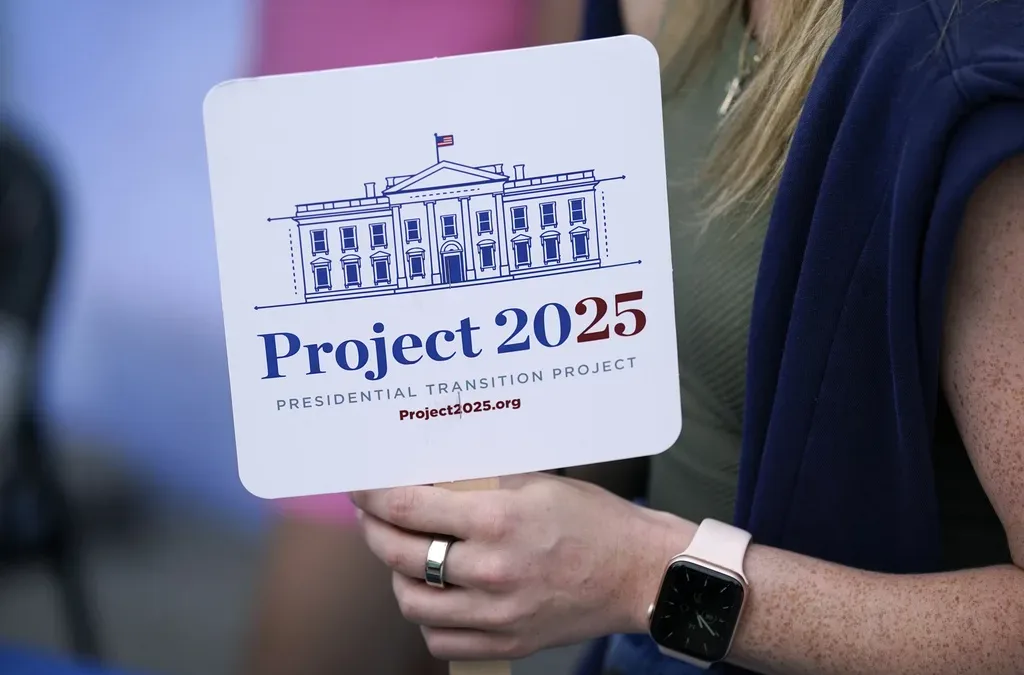
6 terrifying things that could happen if the Comstock Act is used to target abortion
Does 1873 sound like a really, really long time ago? Well, that’s because it is—but if Republicans and far-right anti-abortion activists have their...
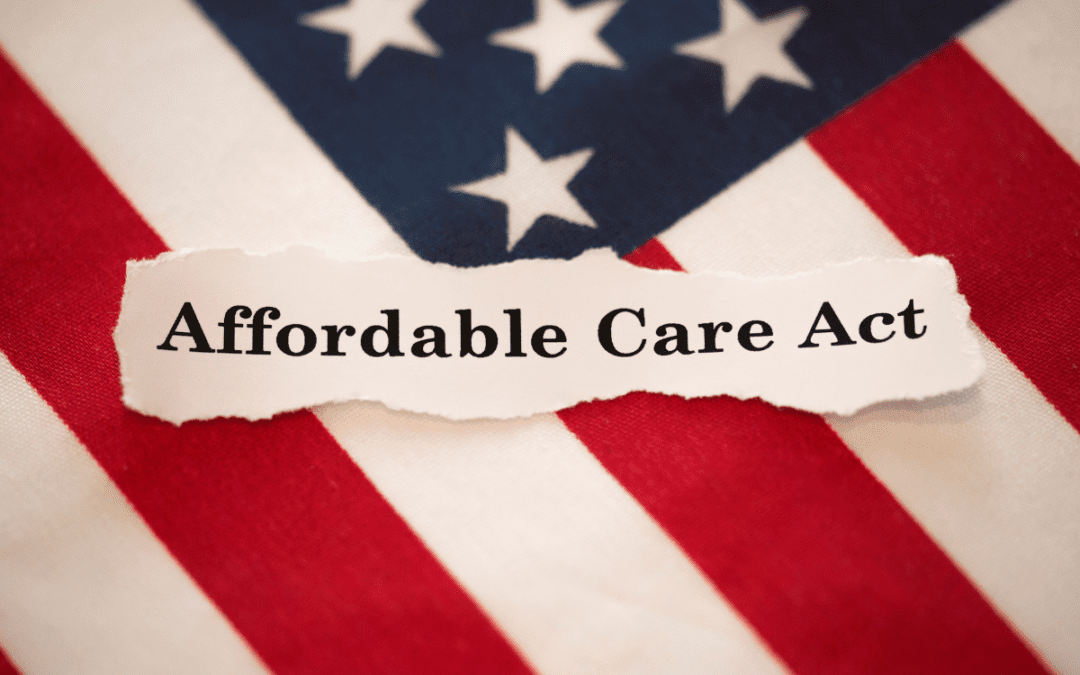
Opinion: Many reasons why young adults should refuse to let Republicans kill the Affordable Care Act
In this op-ed, University of Wisconsin Medical School student, Samantha Crowley, shares the importance of young adults protecting the Affordable...
Local News

Stop and smell these native Wisconsin flowers this Earth Day
Spring has sprung — and here in Wisconsin, the signs are everywhere! From warmer weather and longer days to birds returning to your backyard trees....

Your guide to the 2024 Blue Ox Music Festival in Eau Claire
Eau Claire and art go hand in hand. The city is home to a multitude of sculptures, murals, and music events — including several annual showcases,...


